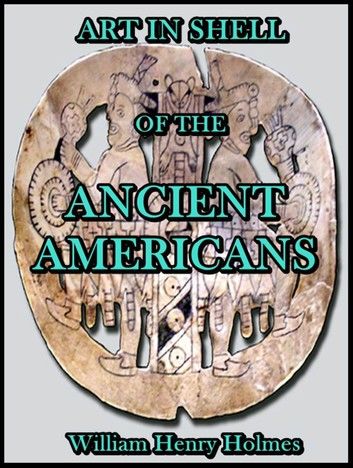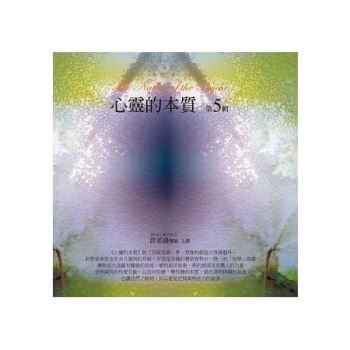| FindBook |
有 1 項符合
Art in Shell of the Ancient Americans的圖書 |
 |
Art in Shell of the Ancient Americans 作者:William H. Holmes 出版社:SMITHSONIAN INSTITUTION 出版日期:2014-04-09 語言:英文 |
| 圖書館借閱 |
| 國家圖書館 | 全國圖書書目資訊網 | 國立公共資訊圖書館 | 電子書服務平台 | MetaCat 跨館整合查詢 |
| 臺北市立圖書館 | 新北市立圖書館 | 基隆市公共圖書館 | 桃園市立圖書館 | 新竹縣公共圖書館 |
| 苗栗縣立圖書館 | 臺中市立圖書館 | 彰化縣公共圖書館 | 南投縣文化局 | 雲林縣公共圖書館 |
| 嘉義縣圖書館 | 臺南市立圖書館 | 高雄市立圖書館 | 屏東縣公共圖書館 | 宜蘭縣公共圖書館 |
| 花蓮縣文化局 | 臺東縣文化處 |
|
|
Art in Shell of the Ancient Americans
The student will find scattered throughout a wide range of archæologic literature frequent but casual mention of works of art in shell. Individual uses of shell have been dwelt upon at considerable length by a few authors, but up to this time no one has undertaken the task of bringing together in one view the works of primitive man in this material.
Works of ancient peoples in stone, clay, and bronze, in all countries, have been pretty thoroughly studied, described, and illustrated.
Stone would seem to have the widest range, as it is employed with almost equal readiness in all the arts.
Clay is widely used and takes a foremost place in works of utility and taste.
Metals are too intractable to be readily employed by primitive peoples, and until a high grade of culture is attained are but little used.
Animal substances of compact character, such as bone, horn, ivory, and shell, are also restricted in their use, and the more destructible substances, both animal and vegetable, however extensively employed, have comparatively little archæologic importance.
All materials, however, are made subservient to man and in one way or another become the agents of culture; under the magic influence of his genius they are moulded into new forms which remain after his disappearance as the only records of his existence.
Each material, in the form of convenient natural objects, is applied to such uses as it is by nature best fitted, and when artificial modifications are finally made, they follow the suggestions of nature, improvements being carried forward in lines harmonious with the initiatory steps of nature.
Had the materials placed at the disposal of primitive peoples been as uniform as are their wants and capacities, there would have been but little variation in the art products of the world; but the utilization of a particular material in the natural state gives a strong bias to artificial products, and its forms and functions impress themselves upon art products in other materials. Thus unusual resources engender unique arts and unique cultures. Such a result, I apprehend, has in a measure been achieved in North America.
|










